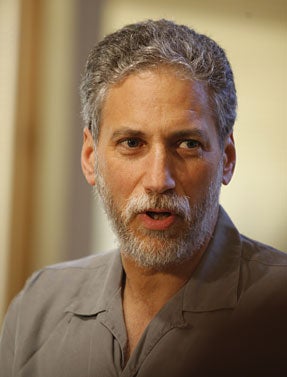New Study Underscores Urgent Need to Reduce Methane Emissions from Natural Gas Operations
 You may have seen news reports about a new methane emissions study conducted by climate researchers from Harvard and seven other institutions and just published in Proceedings of the National Academy of Sciences (PNAS). The new paper provides an improved estimate of the total methane budget of the US – in other words, how much methane is being released into the atmosphere each year from all sources, including livestock and oil-and-gas production.
You may have seen news reports about a new methane emissions study conducted by climate researchers from Harvard and seven other institutions and just published in Proceedings of the National Academy of Sciences (PNAS). The new paper provides an improved estimate of the total methane budget of the US – in other words, how much methane is being released into the atmosphere each year from all sources, including livestock and oil-and-gas production.
Based on analysis of nearly 5,000 air samples collected in 2007 and 2008 from ten communications towers located around the country, as well as 7,700 samples taken in those years from an aircraft monitoring program, the study finds that total methane emissions due to human activity were roughly 1.5 times greater at that time than previously estimated. Emissions from livestock were roughly twice as high as previous estimates. Emissions from oil-and-gas operations in Oklahoma and Texas were 2.7 times higher than estimated.
We are glad to see the methane issue getting the attention it deserves. While EDF’s work to deepen our understanding of current emissions continues, there’s no question about the need for regulation to measure and reduce these emissions. In August, scientists with the National Oceanic and Atmospheric Administration (NOAA) and the University of Colorado (UC) at Boulder published a long-awaited paper on methane leakage in the journal Geophysical Research Letters that reported an alarmingly high level of methane emissions in the Uintah Basin of Utah — 6.2 to 11.7 percent of total production for an area about 1,000 square miles.
But there’s some promising news too. Just last week, the state of Colorado proposed innovative policies that, if adopted, will be the first in the nation to directly regulate methane. We know more than enough to get started on this issue, as Colorado just did.
The new study is also consistent with the EDF-coordinated University of Texas study published in PNAS earlier in the fall in that both underscore the urgent need for effective methane control rules. But direct comparisons between the two studies are difficult, since the UT study focused on one part of the natural gas supply chain – production – in 2012, while the new study seeks to encompass all sources of methane emissions based on data from the middle of the previous decade. So comparing them is like comparing apples to oranges, but they are in no way contradictory or inconsistent.
EDF didn’t fund the new PNAS study, but we have funded this team of scientists to use the same techniques in our efforts. The team is guided by strong science, and that is why we asked them to join us as collaborators. EDF is acknowledged in this paper for our support.











